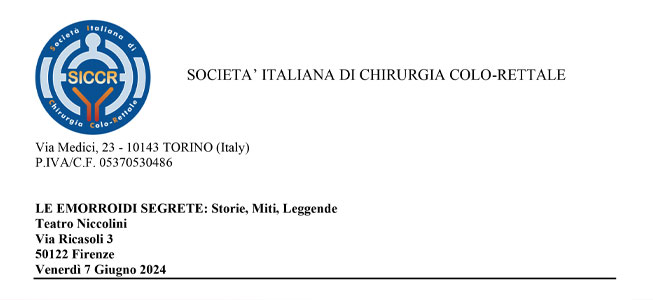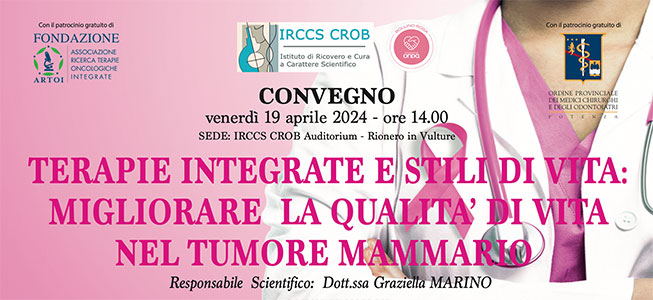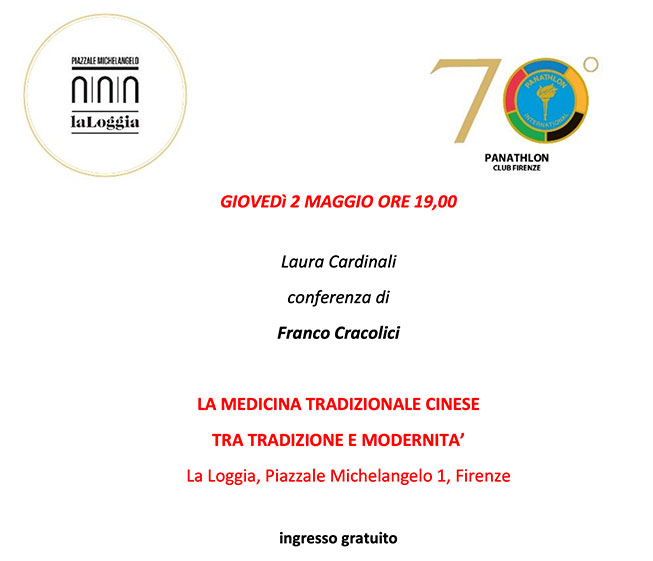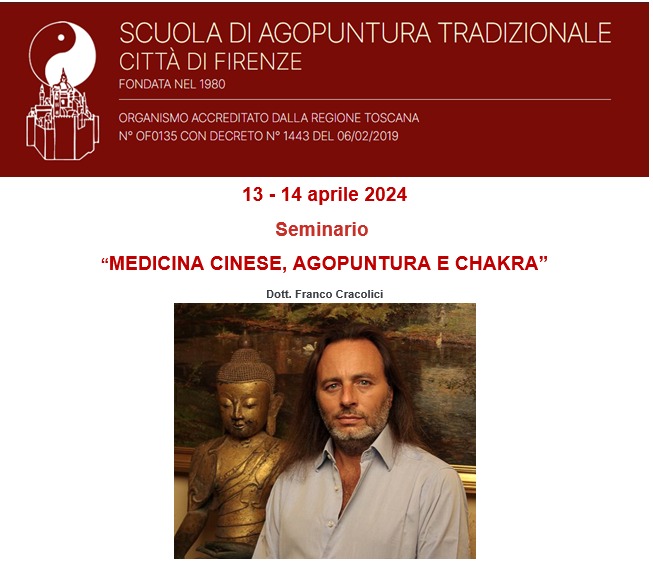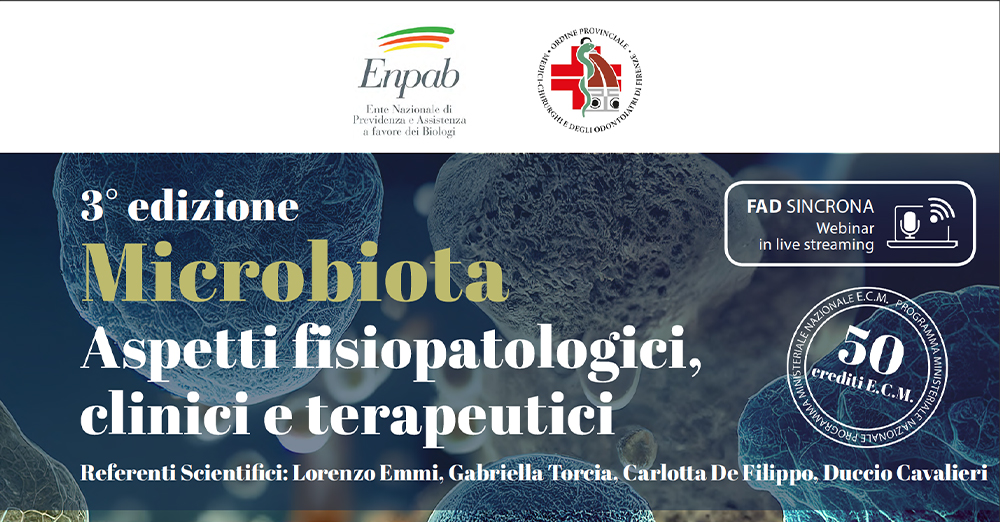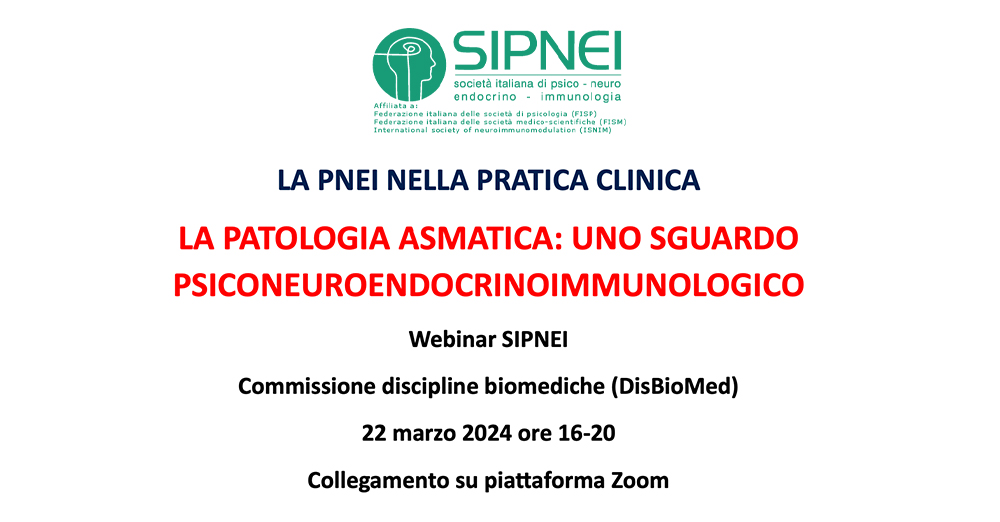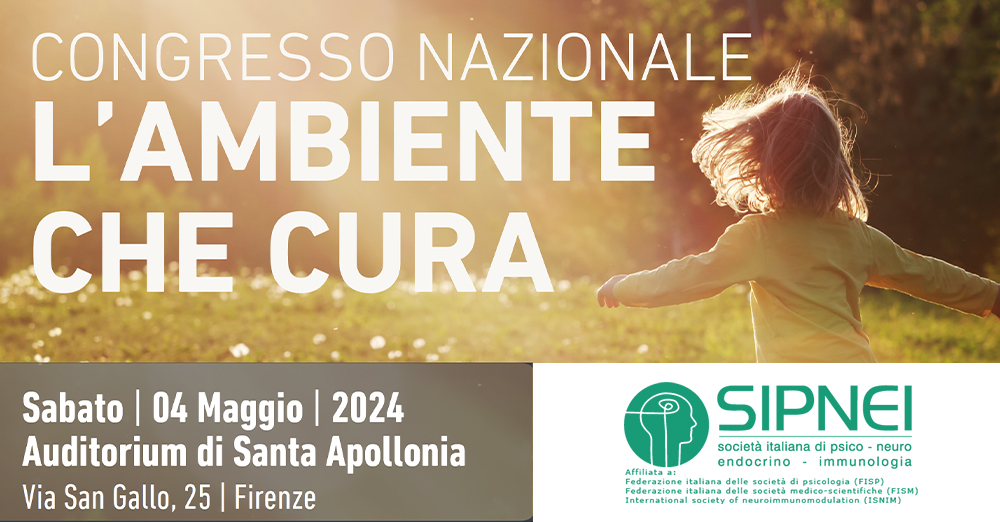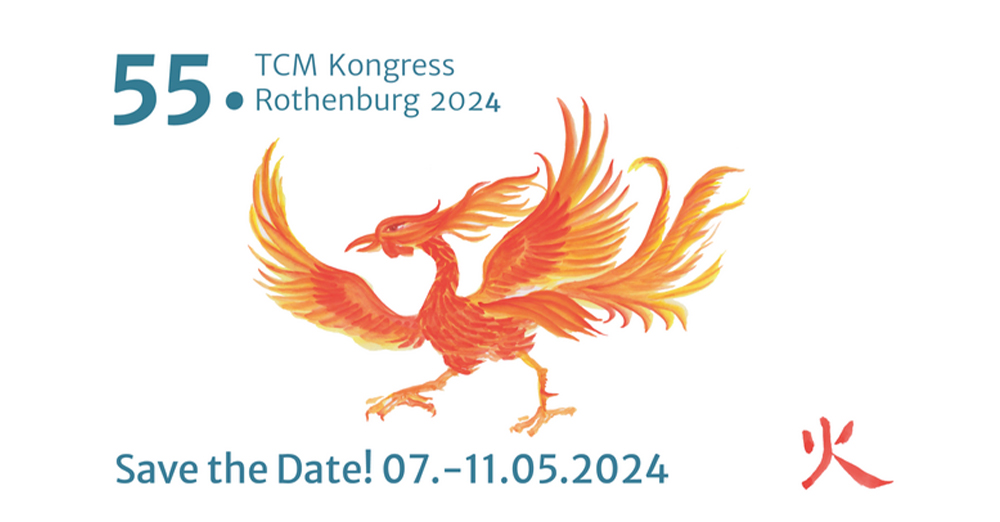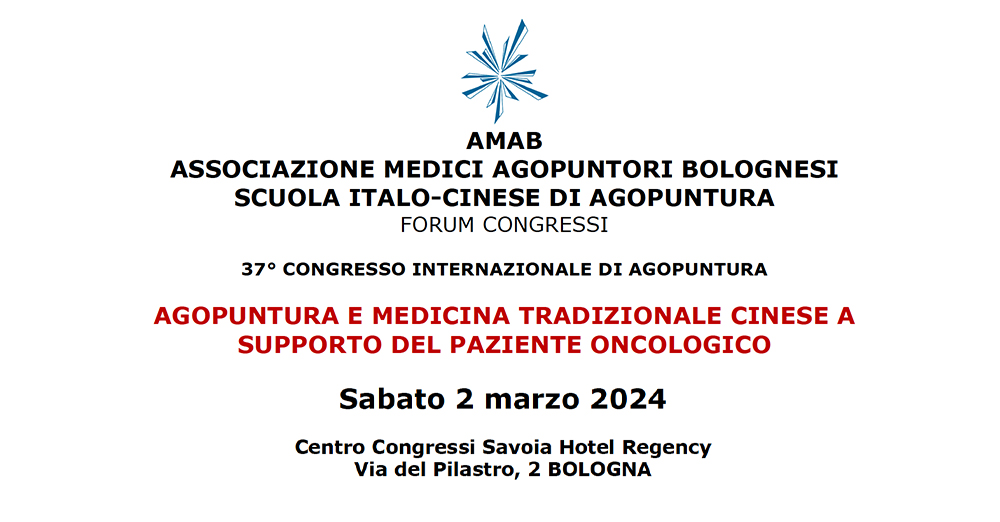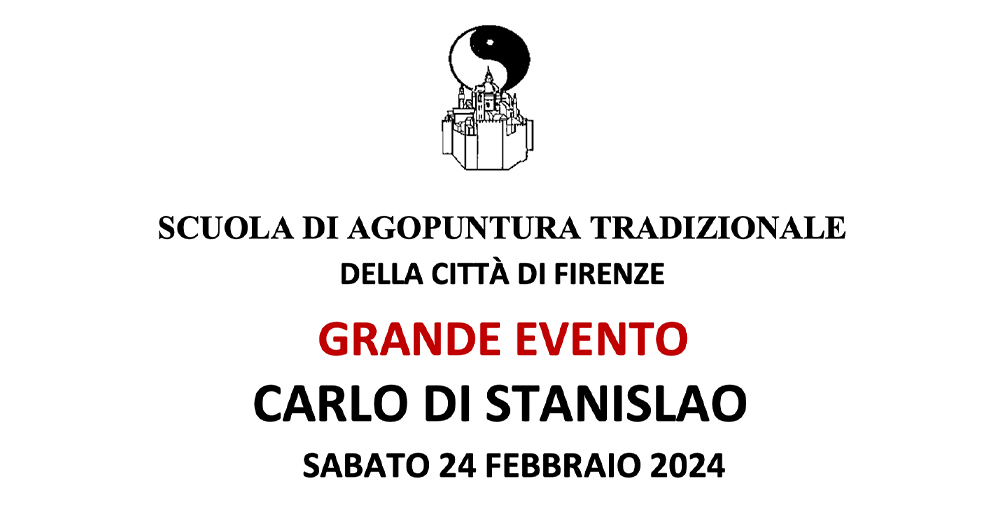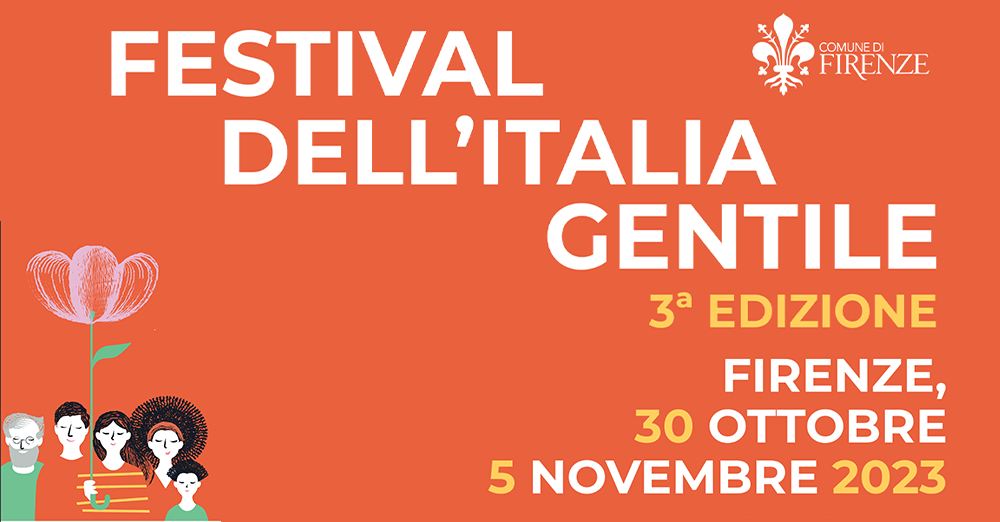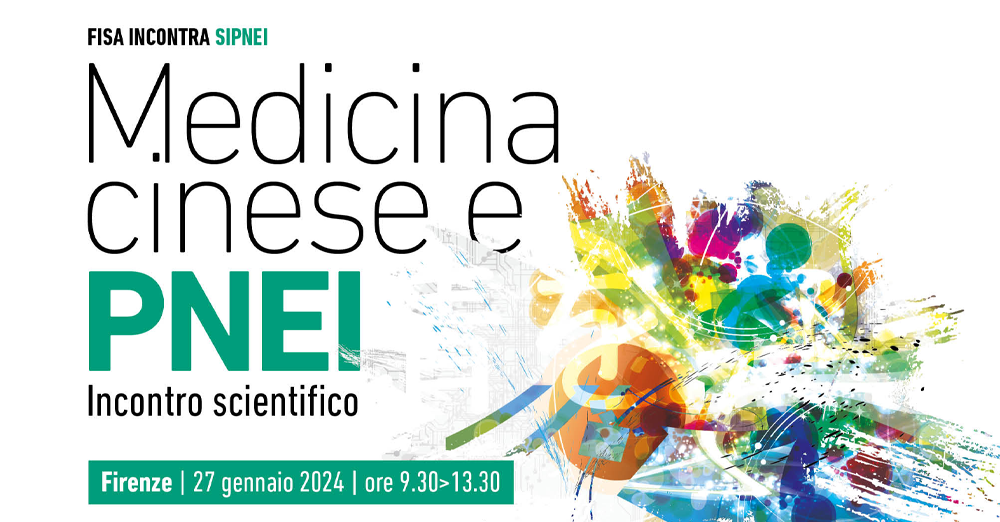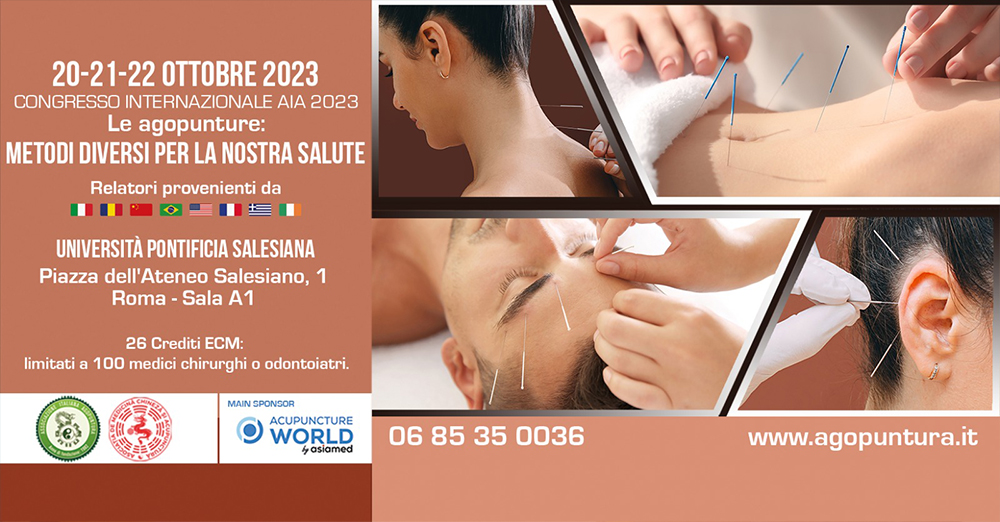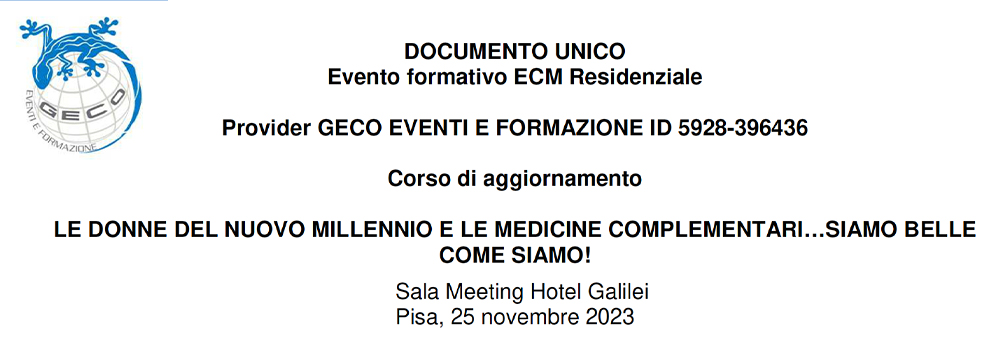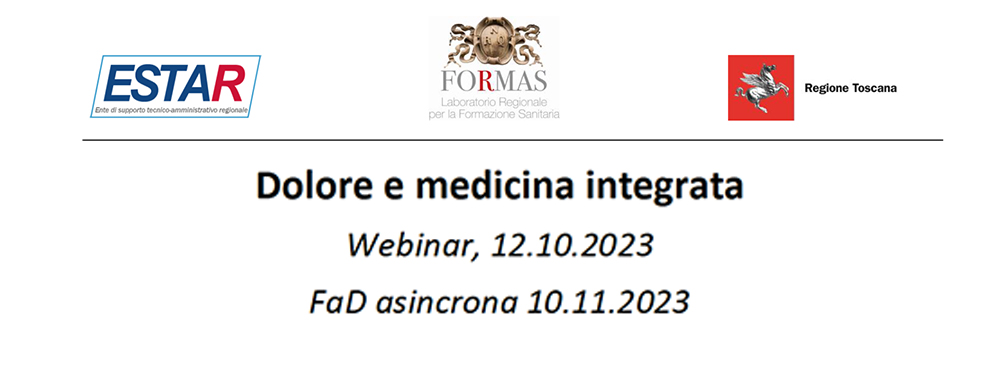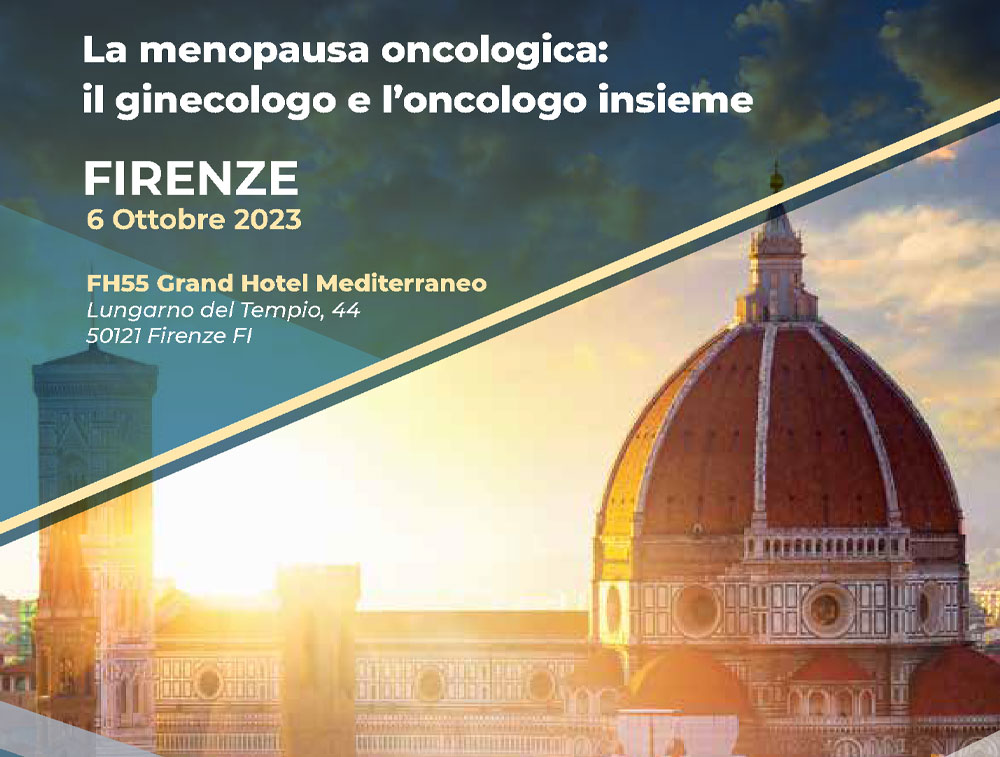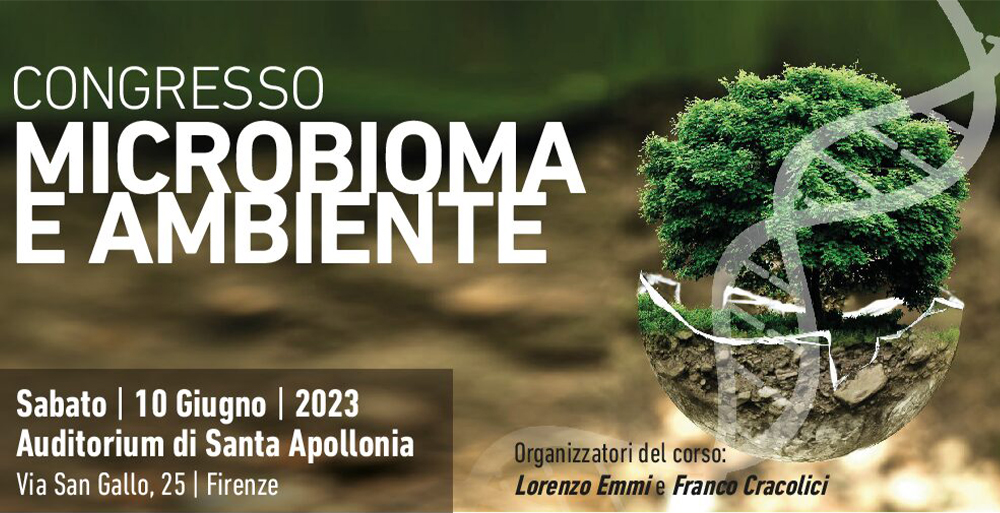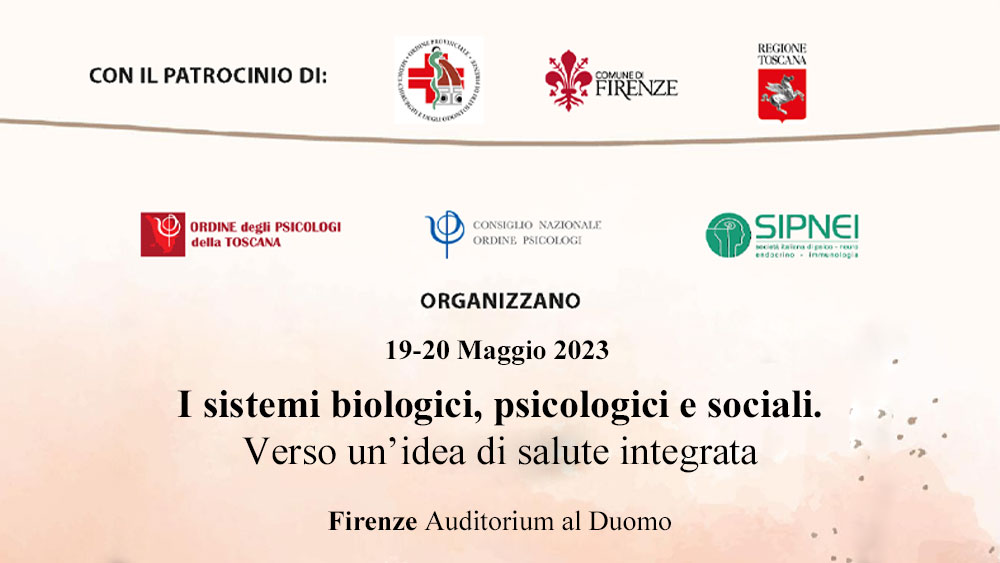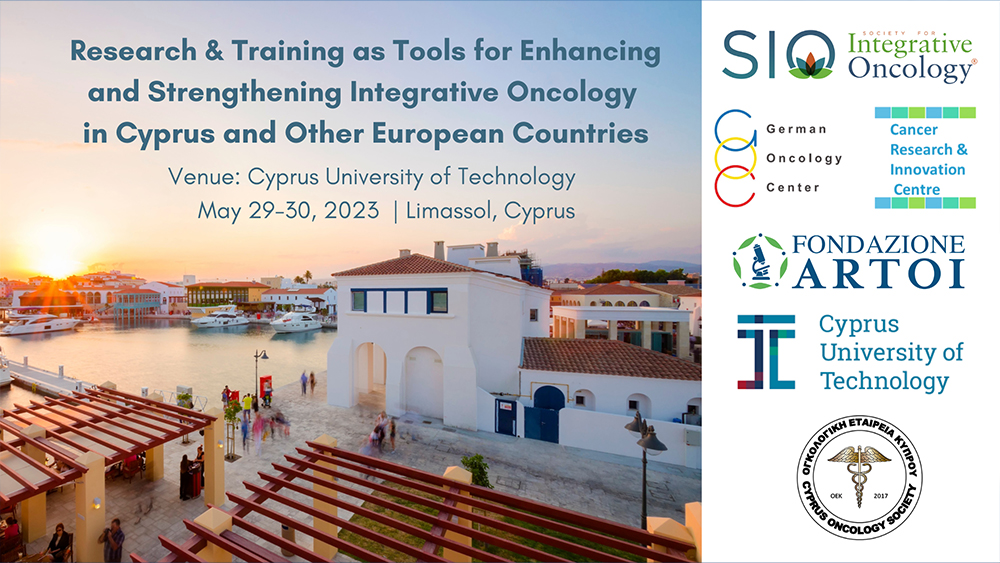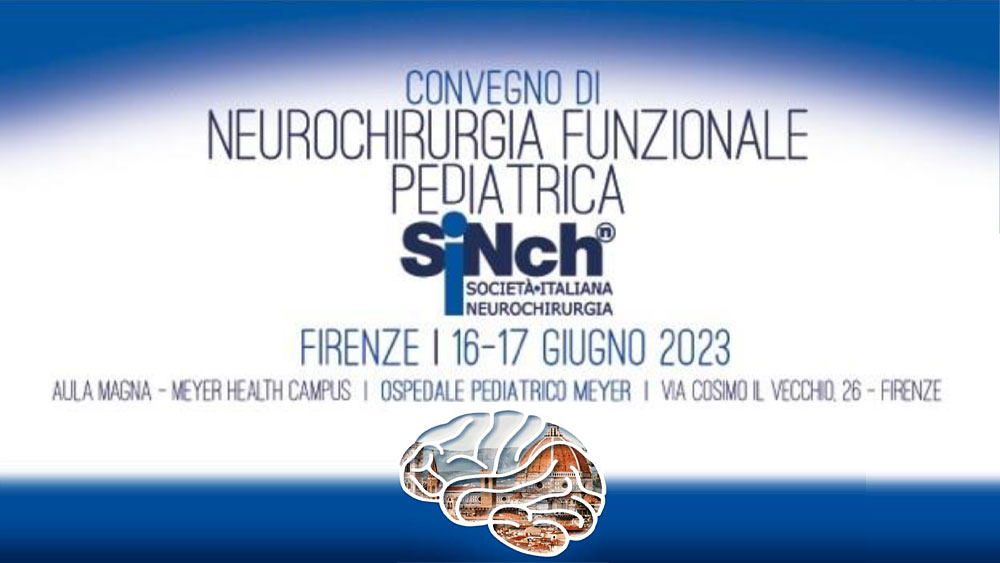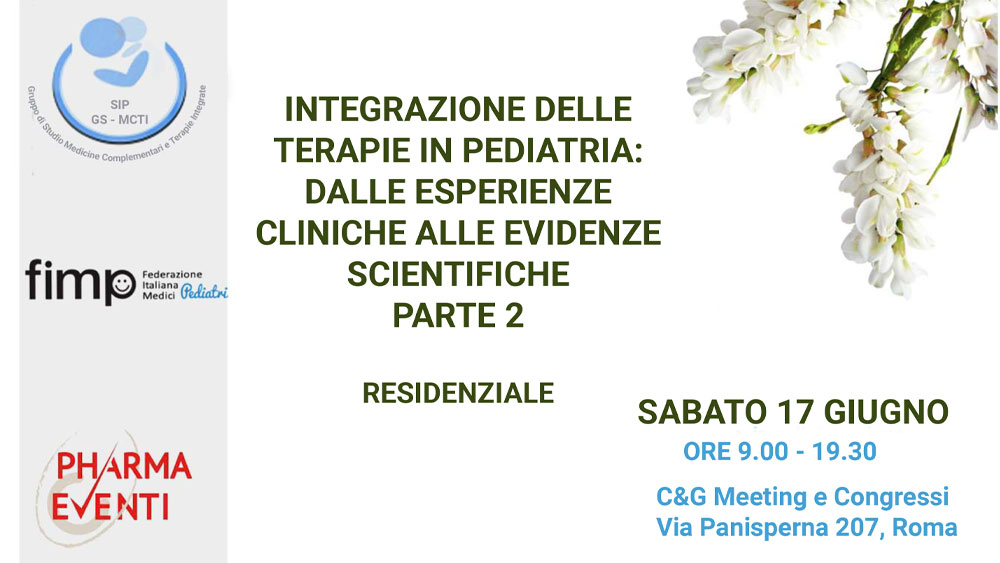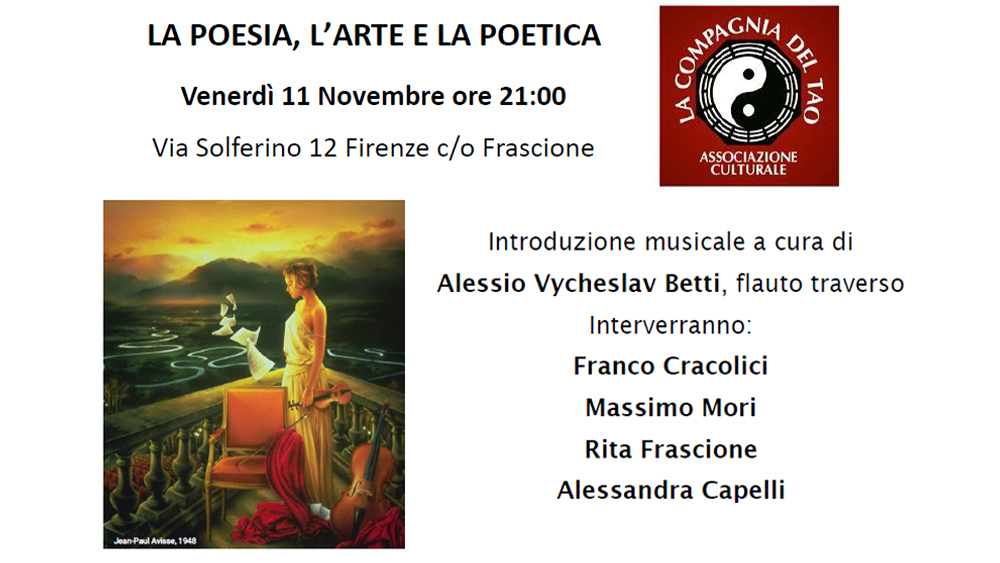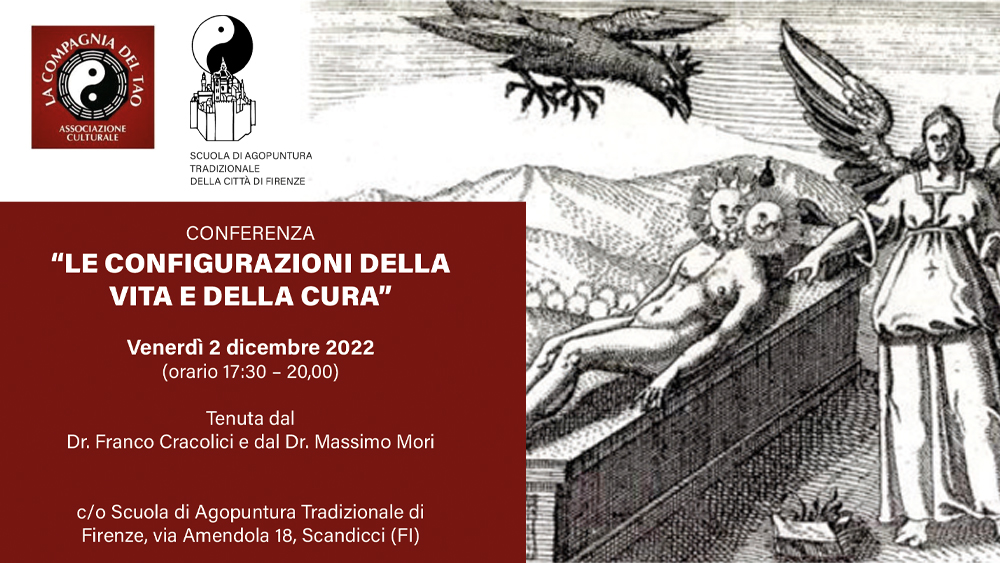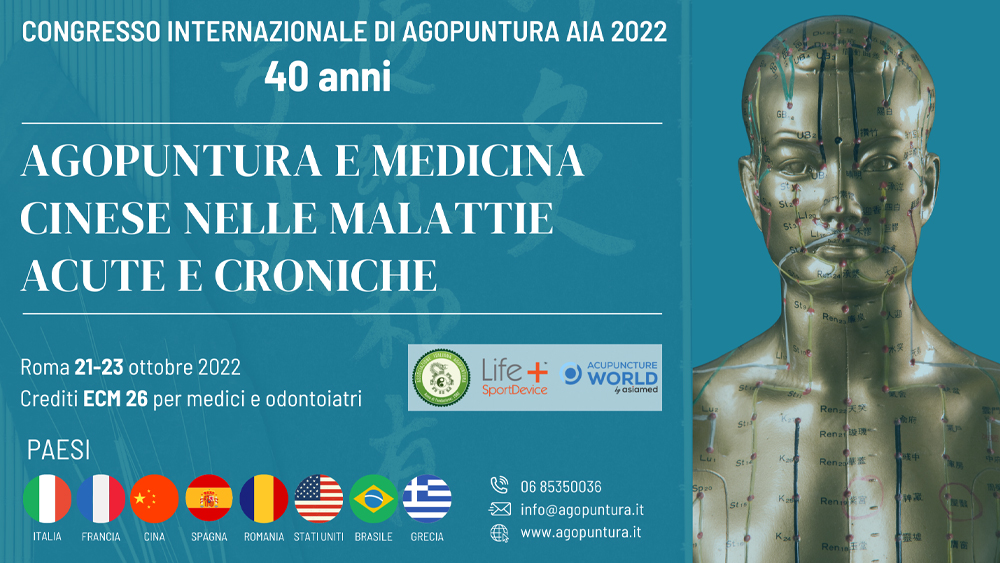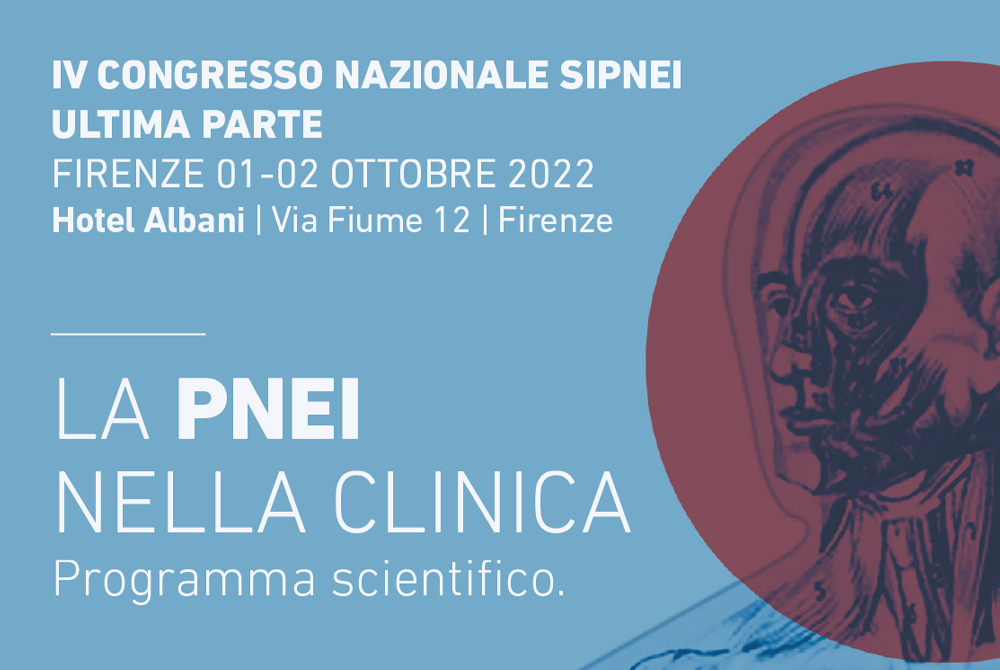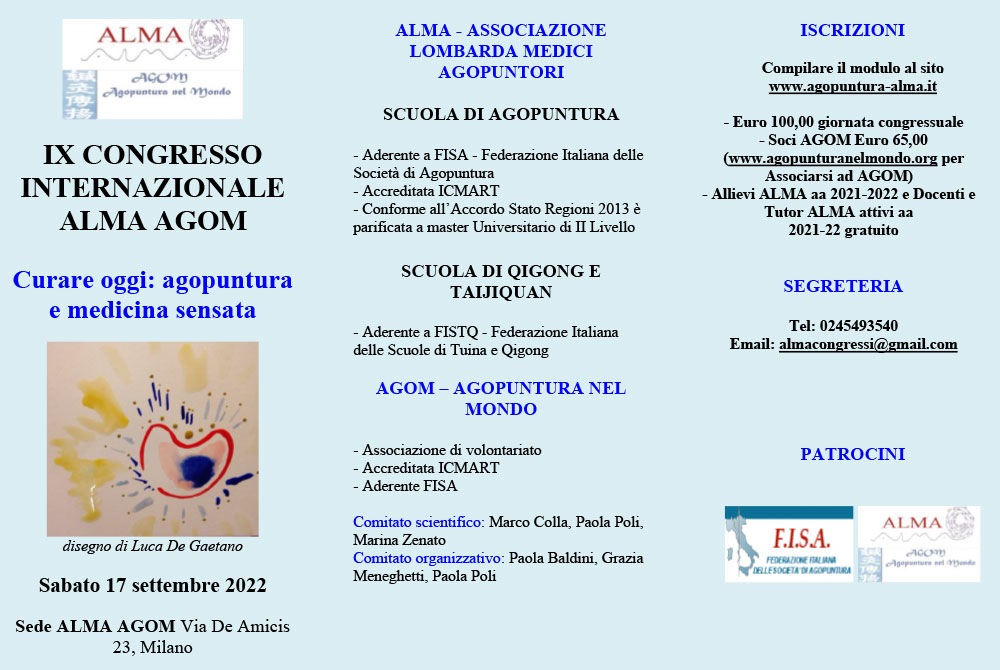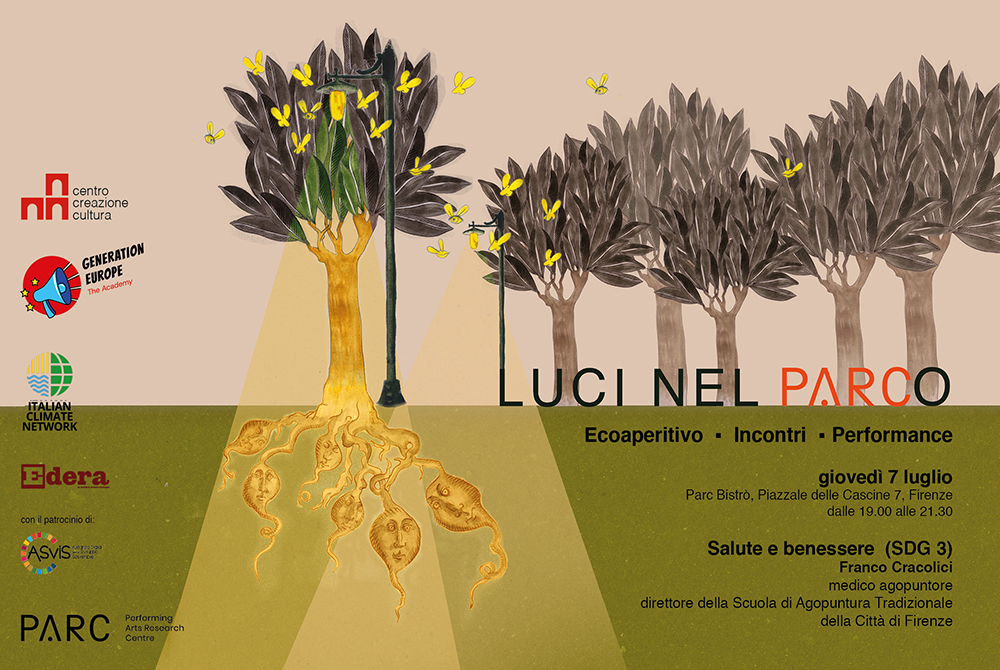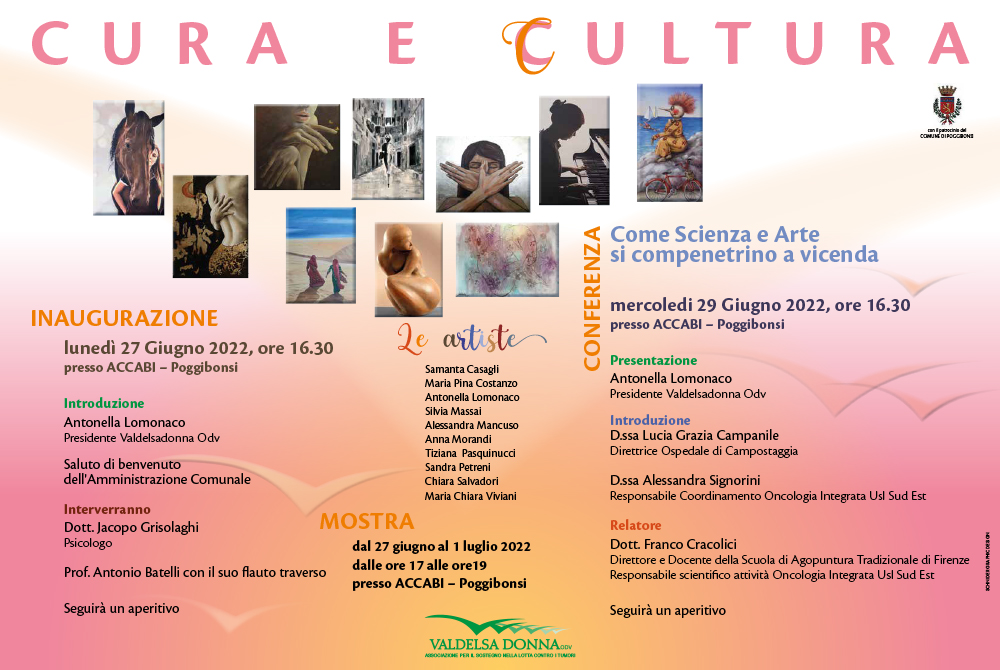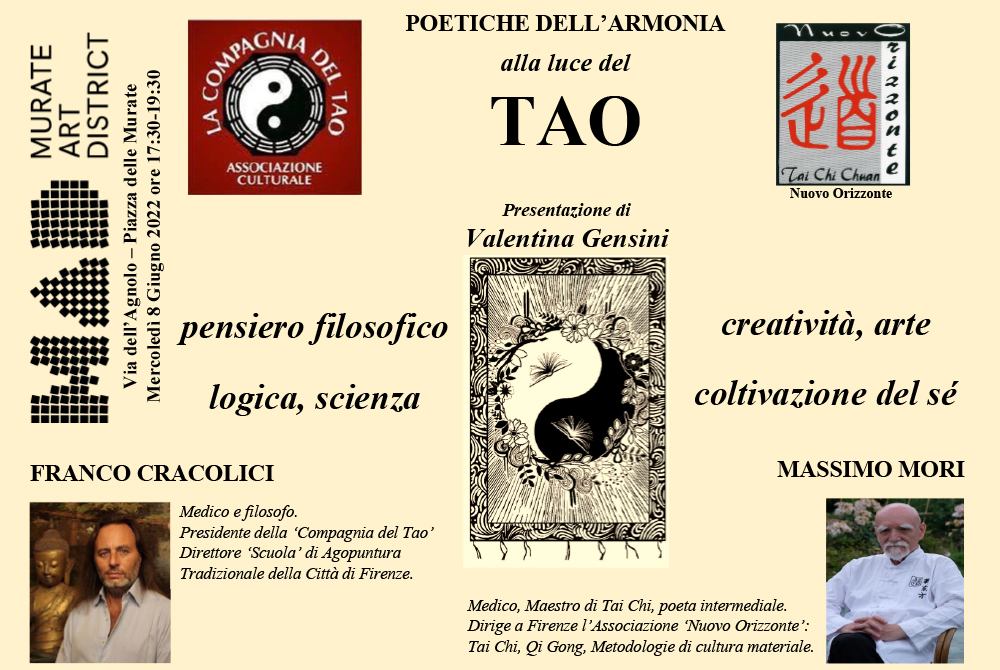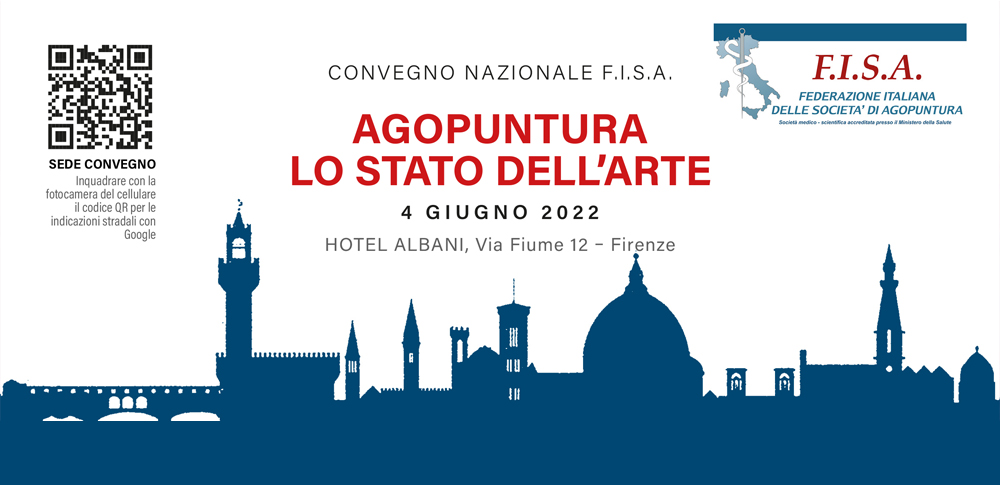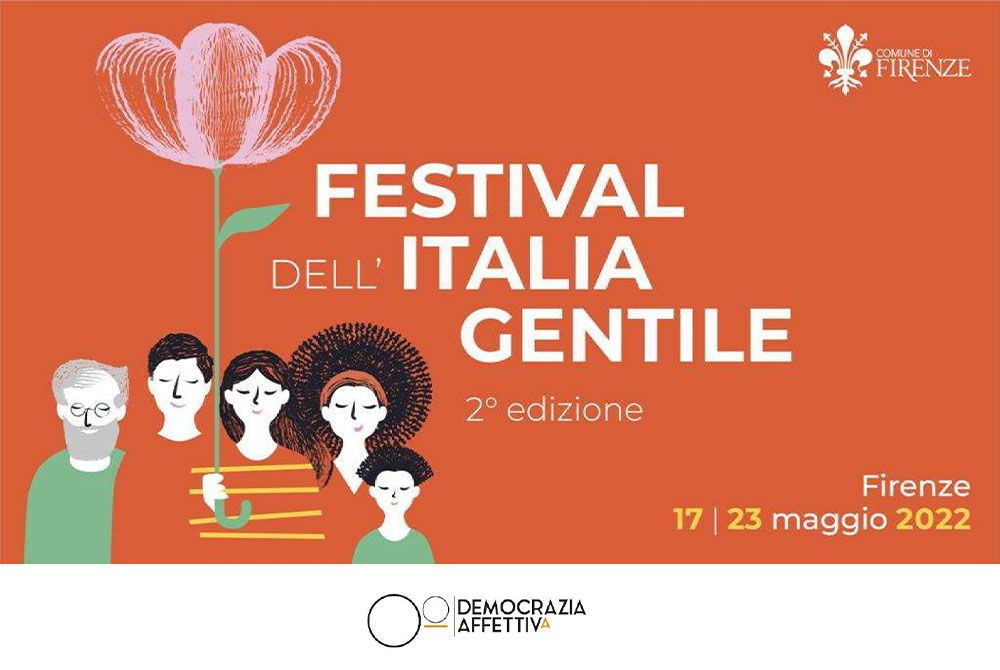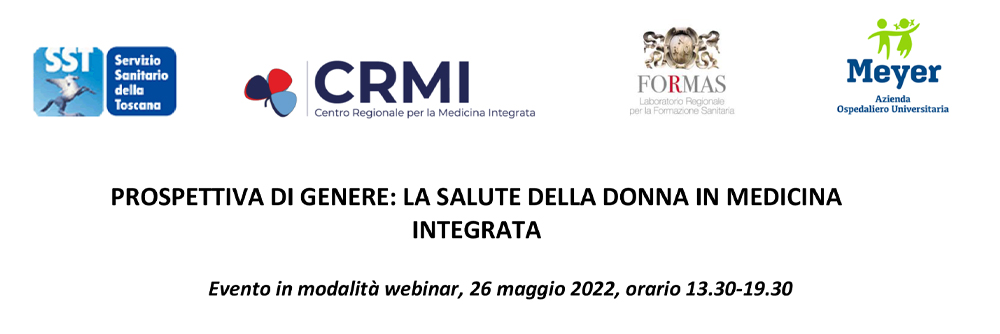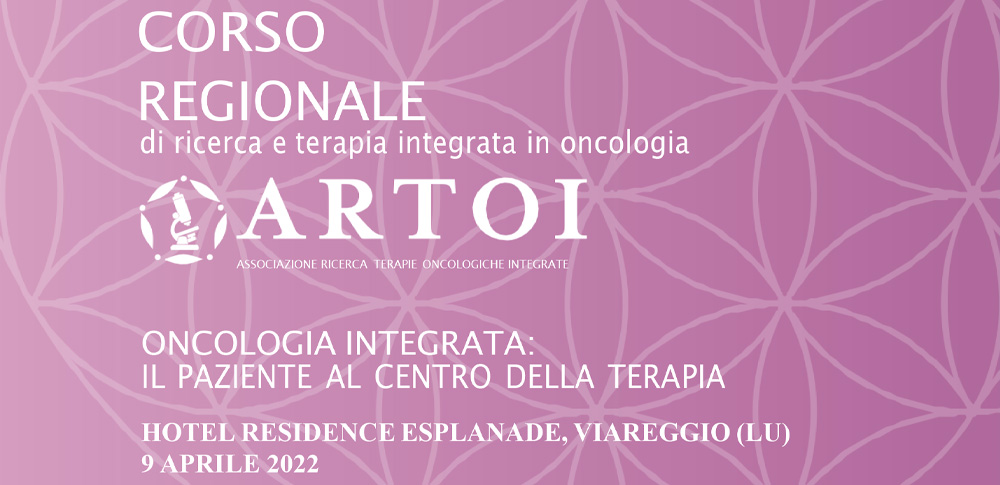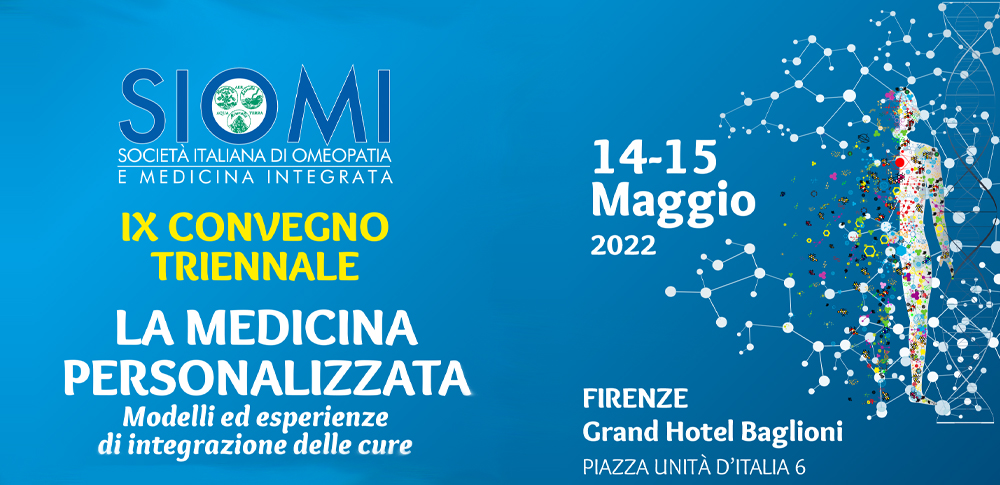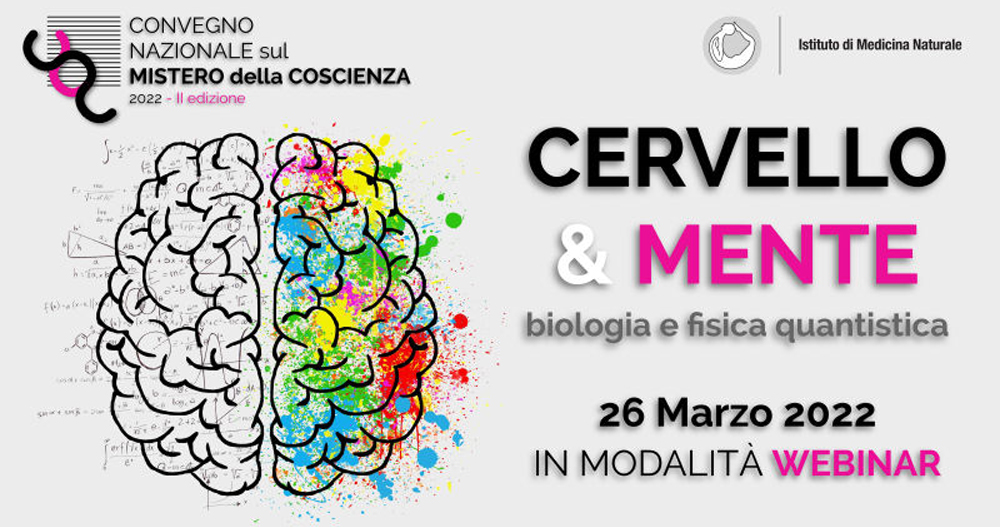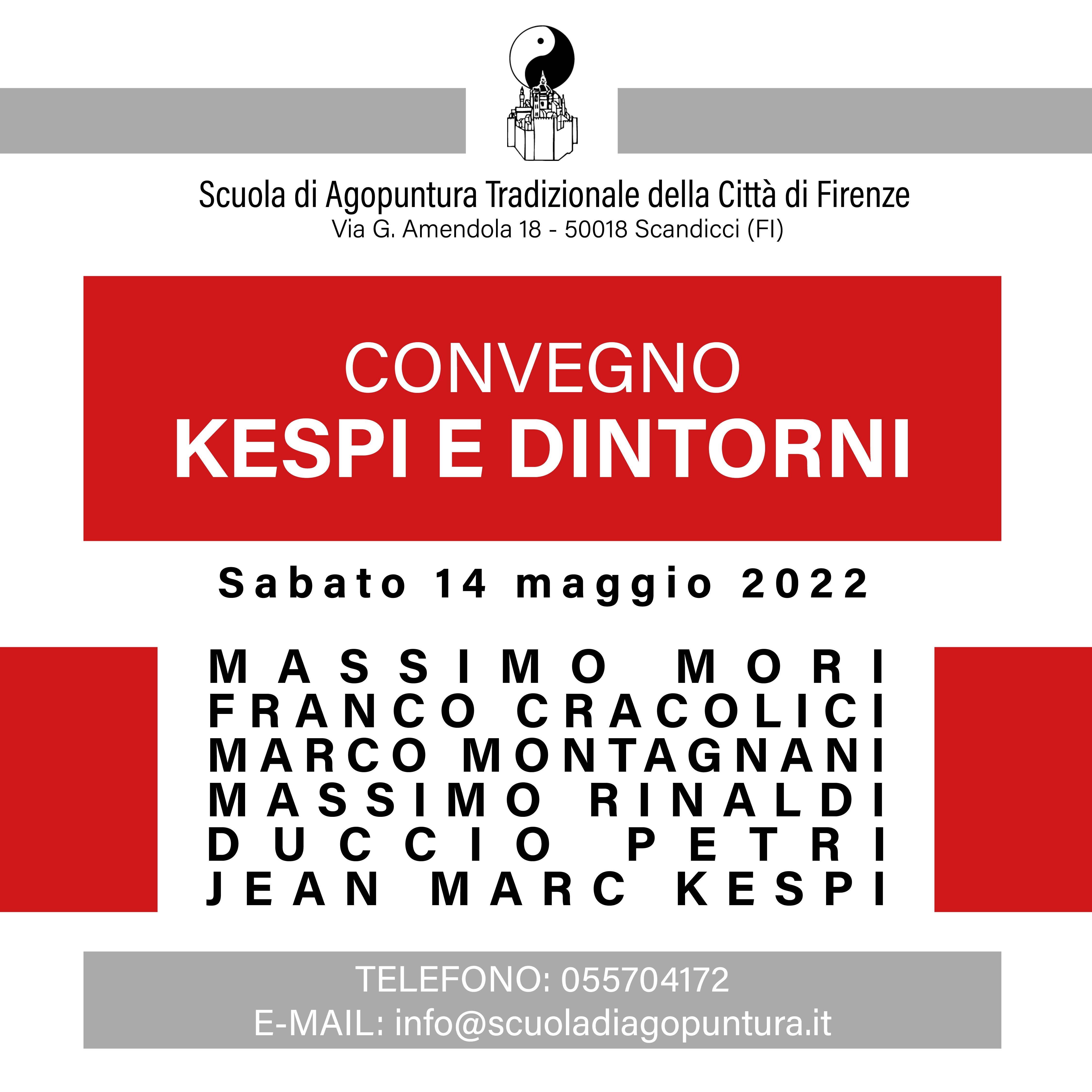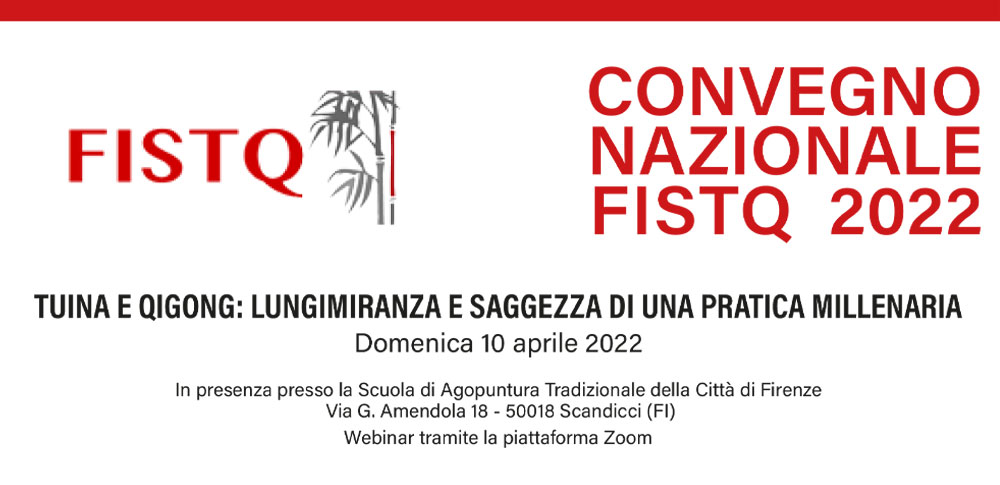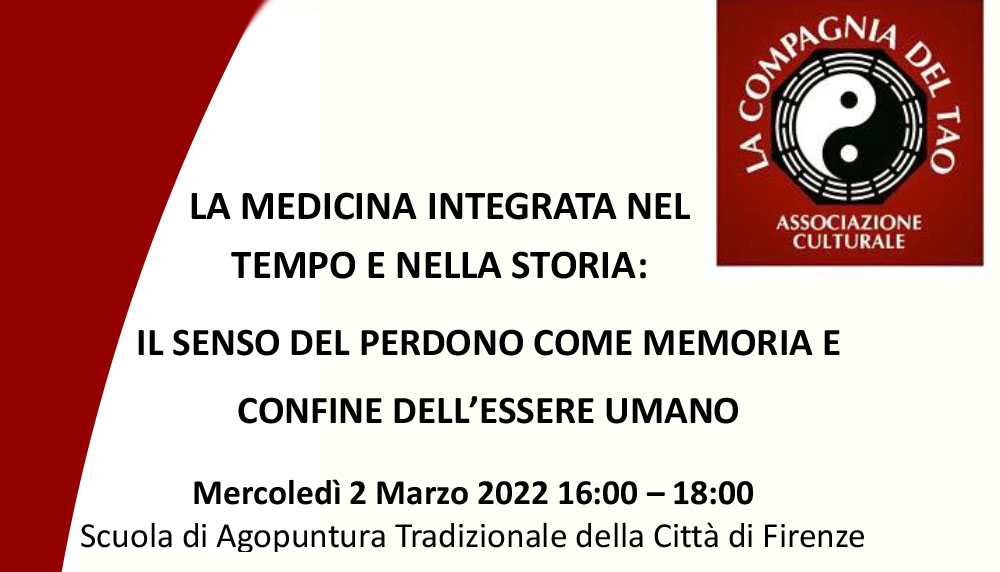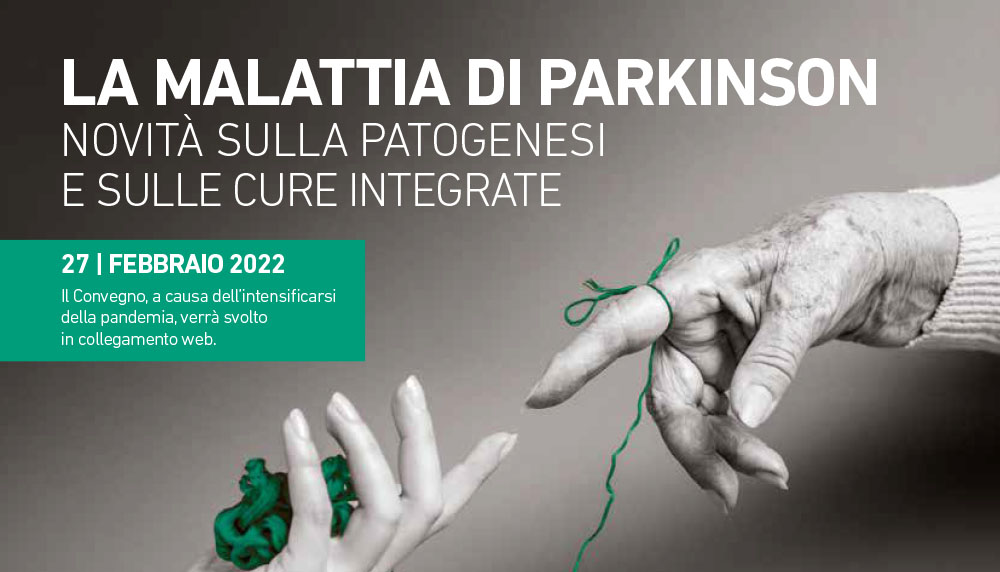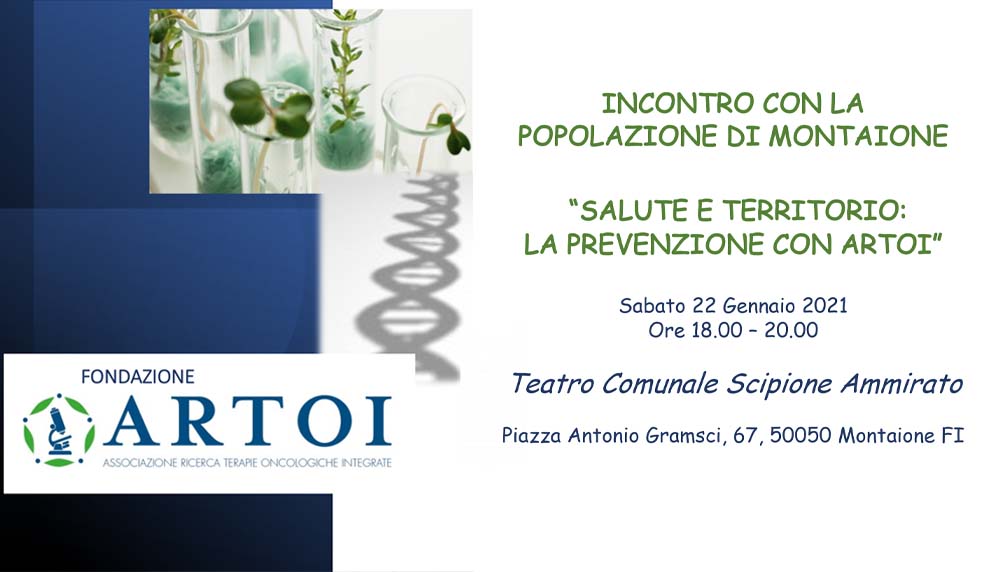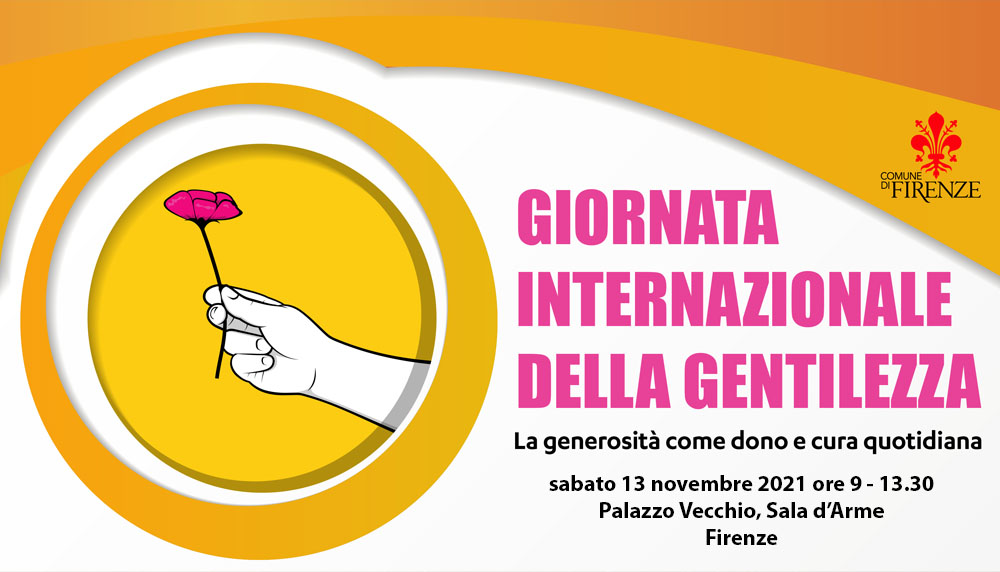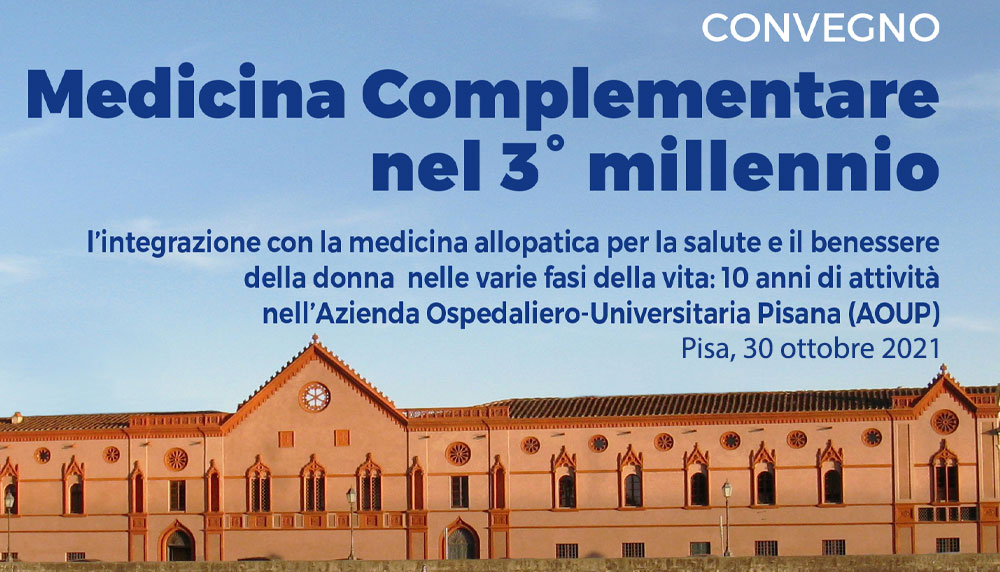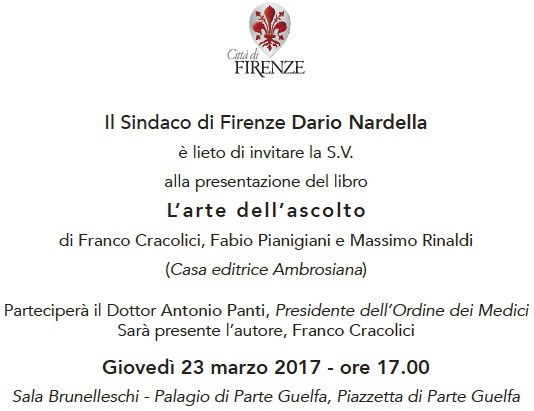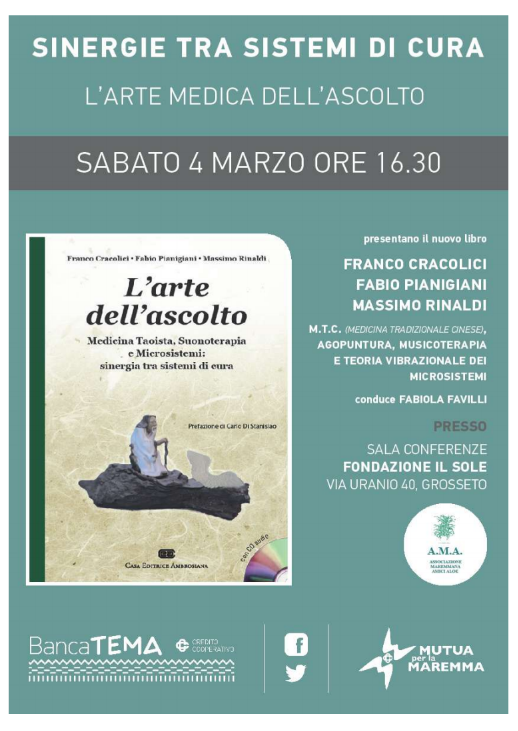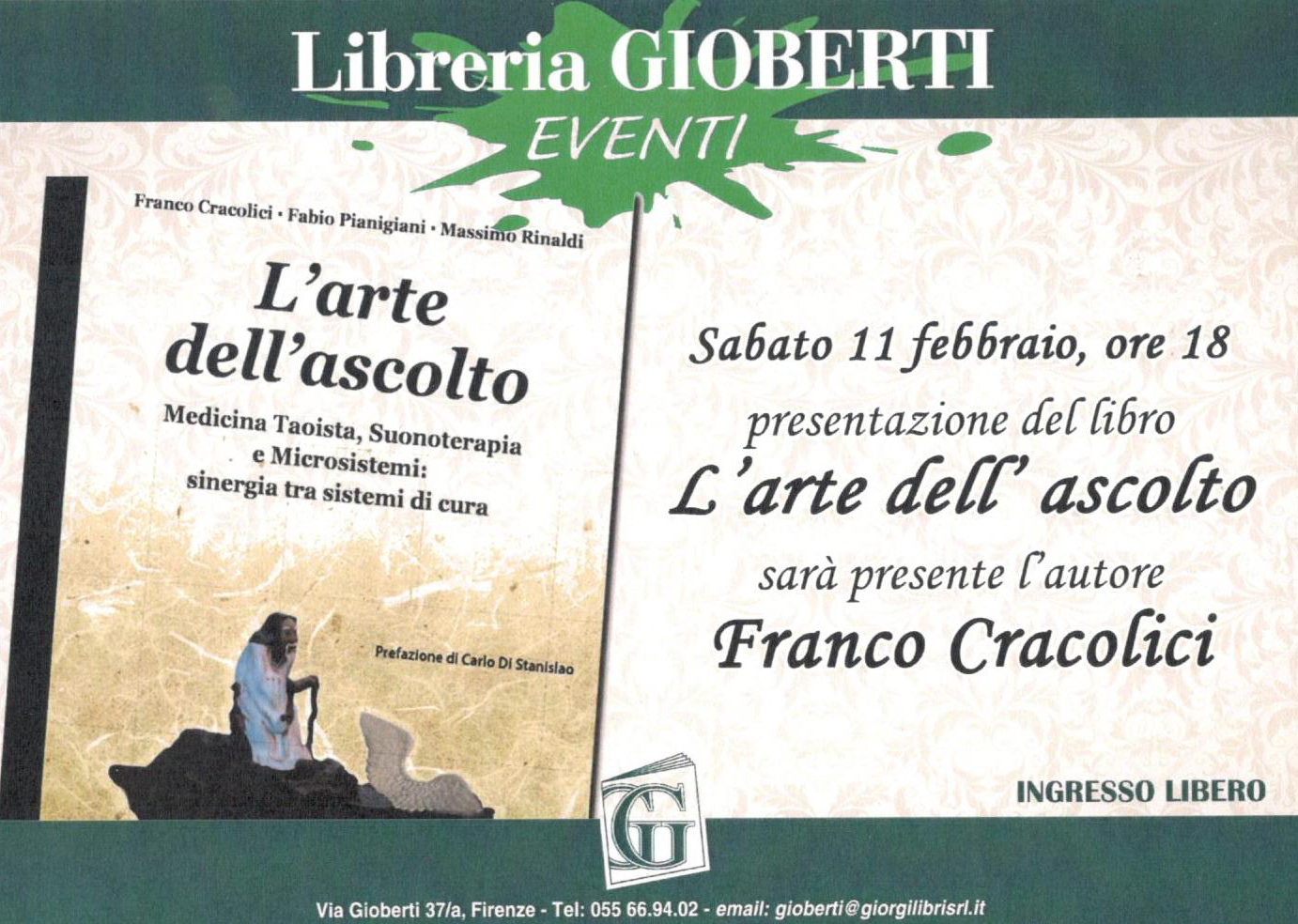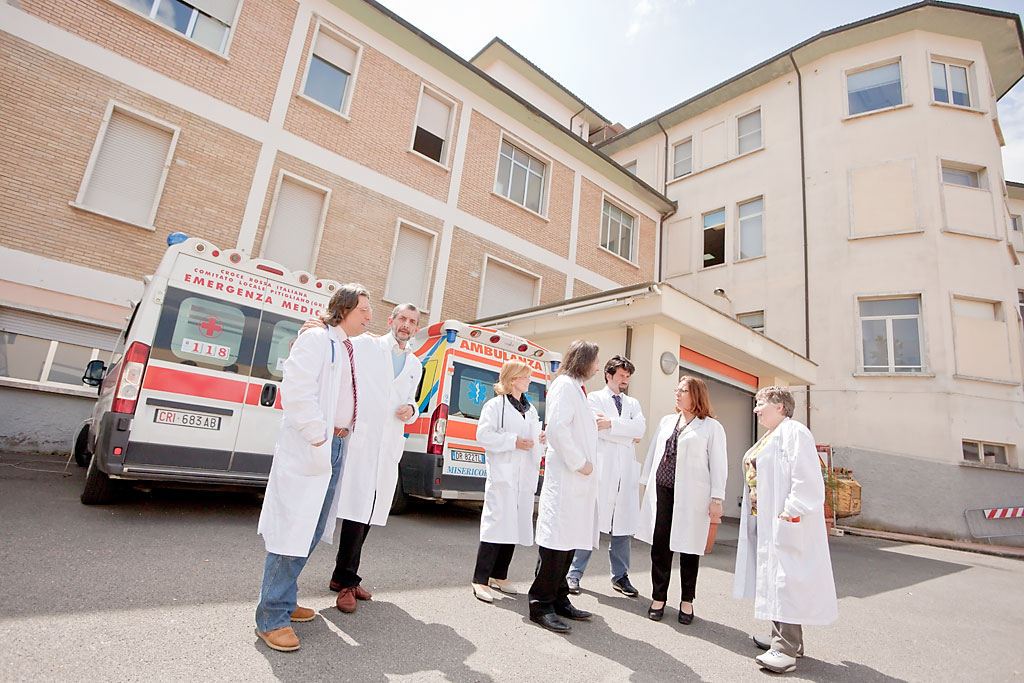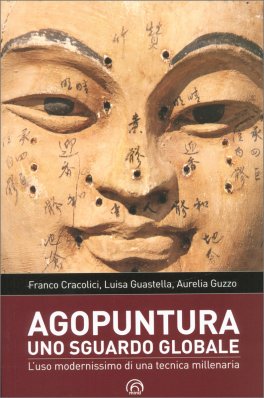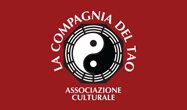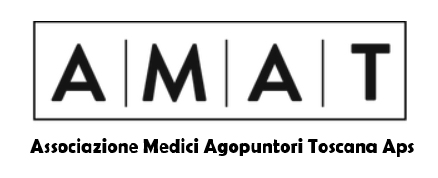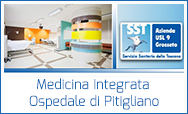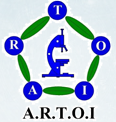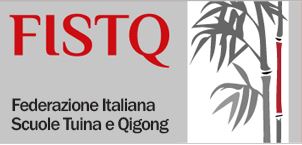Integrated Medicine Strongly Improves Post-Stroke Rehabilitative Performance in a Public Health Facility in Italy
- Dettagli
- Categoria: Pubblicazioni scientifiche
Abstract
Since 2011, the Tuscany Regional Authority has been funding the use of Integrated Medicine (IM) in a clinical setting in Pitigliano Hospital, with the aim of testing the true efficacy of complementary and alternative medicine (CAM) in a hospital setting. The clinical setting also comprises the Manciano rehabilitation facility whose services include post-stroke rehabilitation.
This study aims to establish if IM helps to improve the rehabilitation performance of stroke patients. The study compared 212 patients divided into two groups: 94 treated with IM (conventional therapy plus homeopathy and acupuncture) and 118 treated with conventional therapy alone. All patients were evaluated with the rehabilitation scores in use at the center (Trunk Control Test and Barthel Index) before and after completing the rehabilitation course. The results demonstrate a considerable benefit for the use of IM with a significance of p = 0.001 for the Trunk Control Test difference and p < 0.001 for the Barthel Index difference.
No side effects were documented in any patient treated with IM. The level acceptance of the integrated therapies was high (accepted by 95.94% of patients: 94 out of 98 inpatients).
Keywords
Orthodox medicine; integrated medicine; acupuncture; homeopathy; post-stroke rehabilitation performance
Integrated Oncology in an Integrated Medicine Hospital in Pitigliano (Grosseto, Italy)
- Dettagli
- Categoria: Pubblicazioni scientifiche
Abstract
Background: Complementary medicines (CM), including homeopathy, acupuncture, and traditional Chinese medicine, have been introduced for cancer patients undergoing chemotherapy and radiotherapy treatment in the Pitigliano Hospital Centre of Integrated Medicine in order to minimize the side effects of these treatments, which improves quality of life and adherence to conventional therapies.
Methods: Cancer patients (240) were enrolled in an integrated care model offering a comprehensive protocol including homeopathy and acupuncture, provided in line with the stage of the disease as well as in consideration of any comorbidities in individual patients. The following data were collected upon enrollment and also after 1-2 months of the integrated therapies:SF-12 quality of life (QoL) questionnaire;Edmonton symptom assessment scale (ESAS);and a questionnaire on the use of conventional medications.
Results: There was a 92.4% reduction in symptoms (as monitored by ESAS) caused by the patient’s disease or by comorbidities. The SF-12 revealed reduced fatigue and increased wellness, as well as good adherence to the cancer treatments. Additionally, a reduction in the use of conventional medications for side effects, good control of cancer symptoms, and an improved QoL was also observed. Conclusions: This study suggests the use of complementary medicines to reduce therapyrelated symptoms in oncologic patients without any adverse effects and to reduce the use of conventional drugs in this case.
Rosaria Ferreri *, Simonetta Bernardini, Franco Cracolici , Francesca Bechini
Hospital Centre of Integrated Medicine, Tuscany Reference Centre for Integrated Medicine in Hospitals, Pitigliano Hospital, Italy;
Integration between orthodox medicine, homeopathy and acupuncture for inpatients: Three years experience in the first hospital for Integrated Medicine in Italy Simonetta Bernardini, , Franco Cracolici, Rosaria Ferreri, Massimo Rinaldi, Roberto Pulcri Ope
- Dettagli
- Categoria: Pubblicazioni scientifiche
Visualizza articolo || Download PDF
Abstract
The hospital in Pitigliano (Tuscany) is the first hospital in Italy to put into practice a model of Integrated Medicine. This clinical setting caters for the use of complementary medicine (homeopathy and acupuncture (針灸 zhēn jiǔ)) alongside orthodox therapies (conventional medicine). The therapeutic model implicates doctors who are experts in complementary and alternative medicine (CAM; 補充與替代醫學 bǔ chōng yǔ tì dài yī xué) and the rest of the hospital personnel working together as equals. This contribution explains the difficulties, critical aspects and potential of this innovative setting.
Acupuncture in Palliative Care
- Dettagli
- Categoria: Pubblicazioni scientifiche
Abstract
Background: Acupuncture is an innovative and scientifically supported treatment for oncologic patients, as well as an effective palliative care option. At the Palliative Care Department of “Misericordia” Grosseto Hospital in Tuscany, real integration of acupuncture in palliative medicine has been possible. The objective of this work is to retrospectively evaluate patient treatment outcomes obtained using an integrated medical care approach administered within a palliative care unit.
Methods: Medical records of oncology patients admitted to the palliative care unit who voluntarily underwent integrated therapy with acupuncture were retrospectively analyzed.
Treatment was innovative and personalized and included the use of
- points based on Traditional Chinese Medicine (TCM),
- points based on the Microsystems Acupuncture Technique,
- points based on psychic action (Shen Ling).
Codified evaluation indexes were used to rate patient status at the beginning of treatment and after 1-2 months. Treatment outcomes were evaluated for oncologic patients voluntarily participating as palliative care outpatients or inpatients receiving integrated acupuncture therapy.
Results: 172 cancer patients treated over a two-year period received a total of approximately 600 treatments, with 92.4% of patients reporting improvement of symptoms. Examination of patient data obtained from the SF 12 questionnaire and of patient assessments based on the Edmonton Symptoms Assessment Scale (ESAS) revealed remarkable improvement in perceived health 2 months after initiation of integrated therapy (p<0.01). Specifically, marked post-treatment improvement in symptoms of pain, fatigue, nausea, sleep disturbance, anxiety, loss of appetite, shortness of breath, cough and well-being were observed, with no improvement observed for dry mouth or depression. No major side effects were reported.
Conclusions: Acupuncture is a promising and safe adjunctive therapy for management of common symptoms that afflict oncological patients during all stages of disease, including symptoms of patients nearing the end of life in a home or hospice setting.
Un testo sull'infertilità
- Dettagli
- Categoria: Pubblicazioni scientifiche
UN TESTO SULL'INFERTILITA' Dai Simboli alle applicazioni pratiche Franco Cracolici – Chiara Riviello
-
- Agopuntura in ospedale, al via il censimento delle strutture dove si pratica (Interviste e Rassegna stampa)
- Agopuntura per le donne che hanno subìto violenza (Interviste e Rassegna stampa)
- Agopuntura, intesa tra Firenze e Nyc (Interviste e Rassegna stampa)
- Agopuntura, medicina alternativa o integrativa? La parola all’esperto: “L’Oms la ritiene utile per 64 patologie. Ecco come” (Interviste e Rassegna stampa)
- Art è Cura (Interviste e Rassegna stampa)
- Art-è Cura - TVR Teleitalia - Diretta TV del 28/09/2012 (Interviste e Rassegna stampa)
- Audio Rai.TV - Life - Life del 20/05/2015 (Interviste e Rassegna stampa)
- AziendaToscanasudest: progettie opportunità per l’oncologia integrata (Interviste e Rassegna stampa)
- Campostaggia, presentato il “Percorso di Medicina Integrata in riabilitazione” (Interviste e Rassegna stampa)
- Dal 17 al 23 maggio la seconda edizione del Festival dell’Italia Gentile a Firenze (Interviste e Rassegna stampa)
- Ecole Francaise d'Extreme-Orient/Le CNRS Images media (Interviste e Rassegna stampa)
- Evento Medicina cinese e PNEI (Interviste e Rassegna stampa)
- Fibromialgia, l’approccio in medicina integrata (Interviste e Rassegna stampa)
- INTERVENTO Dott. CRACOLICI "LIfE" RADIO UNO A. MANDUCA - 11 marzo 2016 (Interviste e Rassegna stampa)
- Intervista "Noi Donne" (Interviste e Rassegna stampa)
- ITALIA 7 "L'apriscatole" - DAMMI UN VACCINO (Interviste e Rassegna stampa)
- La gentilezza in pratica (Interviste e Rassegna stampa)
- LA NAZIONE - 25 gennaio 2017 (Interviste e Rassegna stampa)
- Le attività di Ostetricia e Ginecologia dell’Azienda Sanitaria Toscana sud est (Interviste e Rassegna stampa)
- Malattie da stress: alla ricerca della serenità perduta (Interviste e Rassegna stampa)
- Medicina di genere tra generazione e sofferenza (Interviste e Rassegna stampa)
- Medicina Integrata e dolore cronico: la casistica del Centro (Interviste e Rassegna stampa)
- Medicina integrata e infezione da SARS CoV-2. Le possibilità di integrazione (Interviste e Rassegna stampa)
- Medicina integrata nella riabilitazione neurologica e ortopedica (Interviste e Rassegna stampa)
- Medicine Complementari e discipline bio-naturali (Interviste e Rassegna stampa)
- Ricerca e Formazione per far crescere l'agopuntura (Interviste e Rassegna stampa)
- Risultati di efficienza della medicina integrata del servizio sanitario pubblico (Interviste e Rassegna stampa)
- Style. Stress e dolore cronico (Interviste e Rassegna stampa)
- TV9 Telemaremma - Uno Alla Volta (Interviste e Rassegna stampa)
- Valdelsa Donna del 3 novembre - Radio Rosa (Interviste e Rassegna stampa)
- Visita dell'Assessore Saccardi all'Ospedale di Medicina Integrata di Pitigliano in data 11 marzo 2016 (Interviste e Rassegna stampa)
-
- Agopuntura - Uno Sguardo Globale (Libri pubblicati)
- Agopuntura vegetale. La medicina tradizionale cinese per la cura degli alberi e delle piante (Libri pubblicati)
- BASI DI MEDICINA CINESE E CLINICA DI TUINA (Libri pubblicati)
- Infertilità di coppia e procreazione assistita (Libri pubblicati)
- L’Agopuntura per il dolore inserita nel Sistema Nazionale Linee Guida dell'Istituto Superiore di Sanità (Libri pubblicati)
- La formazione in Agopuntura in Italia: la posizione di FISA (Libri pubblicati)
- La relazione terapeutica in agopuntura (Libri pubblicati)
-
- CANCER A SHOWCASE OF BEST PRACTICES FROM EUREGHA’S MEMBERS (Pubblicazioni scientifiche)
- Complementary and Integrative Medicine to Reduce Adverse Effects of Anticancer Therapy (Pubblicazioni scientifiche)
- Depressione: il ruolo delle terapie naturali (Pubblicazioni scientifiche)
- IMPROVING THE QUALITY OF LIFE OF BREAST CANCER PATIENTS WITH INTEGRATED MEDICINE TECHNIQUES (Pubblicazioni scientifiche)
- Integrating conventional and complementary treatments in cancer care: The process within the public healthcare system of the region of Tuscany, Italy (Pubblicazioni scientifiche)
- Integration between orthodox medicine, homeopathy and acupuncture for inpatients: Three years experience in the first hospital for Integrated Medicine in Italy (Pubblicazioni scientifiche)
- Integration between orthodox medicine, homeopathy and acupuncture for inpatients: Three years experience in the first hospital for Integrated Medicine in Italy Simonetta Bernardini, , Franco Cracolici, Rosaria Ferreri, Massimo Rinaldi, Roberto Pulcri Ope (Pubblicazioni scientifiche)
- Lombalgia in medicina cinese (Pubblicazioni scientifiche)
- Mondo Moderno e stress (Pubblicazioni scientifiche)
- Oncologia (Pubblicazioni scientifiche)
- Un testo sull'infertilità (Pubblicazioni scientifiche)

